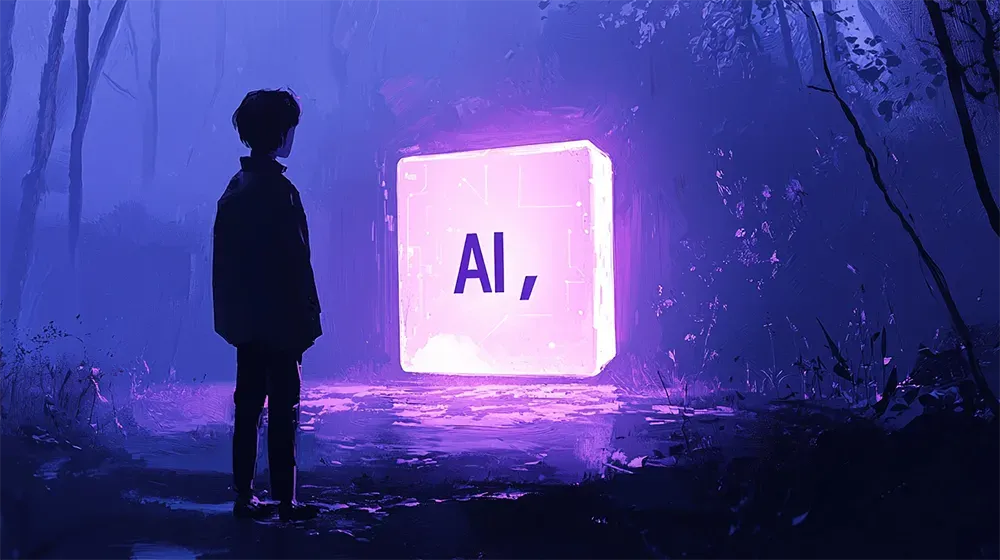Quantum’s Scaling Secret: When One Qubit Just Isn’t Enough

If quantum computers are the future, why are we still cobbling them together like Lego blocks?
Nu Quantum’s new qubit-photon interface is a major step toward scaling quantum computing, promising to link smaller quantum processors into powerful networks.
Founder Carmen Palacios-Berraquero explains that instead of endlessly expanding individual quantum machines — an impossible task due to quantum fragility — this modular approach can connect smaller units efficiently. Their device uses photons, i.e. light, to entangle qubits across processors, offering entanglement rates up to 10,000 times per second.
This solution targets quantum computing’s biggest hurdles:
- Scaling limitations: Individual processors can't handle millions of qubits.
- Photon entanglement: Transfers quantum states instantly, overcoming physical disruptions.
- Versatility: Compatible with rubidium atoms, trapped ions, and future qubit technologies.
As quantum computing advances, the ability to scale networks efficiently may determine whether the technology revolutionizes industries—or remains a niche pursuit. Are modular networks the breakthrough quantum science has been waiting for?
Read the full article on IEEE Spectrum.
----
💡 We're entering a world where intelligence is synthetic, reality is augmented, and the rules are being rewritten in front of our eyes.
Staying up-to-date in a fast-changing world is vital. That is why I have launched Futurwise; a personalized AI platform that transforms information chaos into strategic clarity. With one click, users can bookmark and summarize any article, report, or video in seconds, tailored to their tone, interests, and language. Visit Futurwise.com to get started for free!






